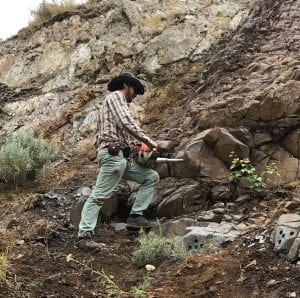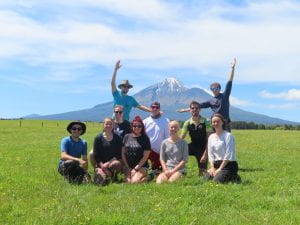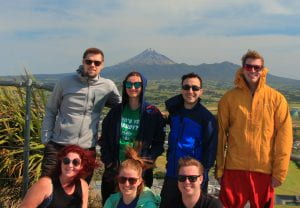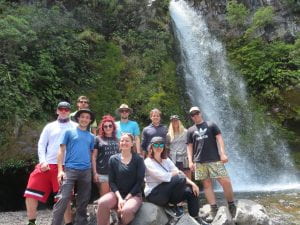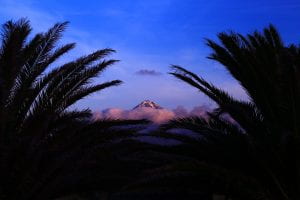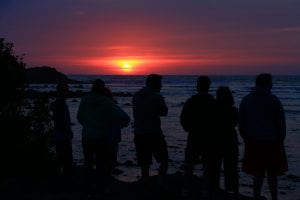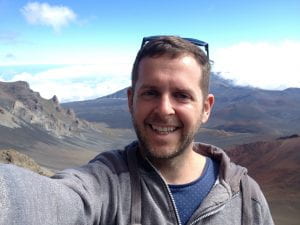
David Adams is the new Senior Technician for the brand new JEOL 8530F Plus field-emission gun electron microprobe lab. He comes to the University of Auckland from the Denver Microbeam Lab at the United States Geological Survey (USGS) in Denver, Colorado. David has a Bachelor of Arts degree in German Language with a minor in Geology from and a Master of Science degree in Geology with a focus on volcanology and igneous petrology Baylor University in Texas, USA. David worked on a PhD in Geology at Oregon State University (OSU) and the beginning of his study briefly overlapped with the end of Mike Rowe’s PhD studies at OSU. David has a broad range of work and analytical instrumentation experience beginning during his Master’s degree study when he repaired and maintained the old Baylor University Geology Department’s AMR1000 Scanning Electron Microscope and used the universities electron microprobe and XRF in his Master’s thesis study of peralkaline rhyolites from Big Bend National Park, Texas, USA. This work experience continued during his PhD study when he worked as the student research assistant/technician on OSU’s new (at the time) CAMECA SX100 electron microprobe and used that instrument to study melt inclusions in olivine from Iceland and in plagioclase from the Juan de Fuca Ridge.
Following his time at OSU David worked in the USGS Mineral Resources team Denver Microbeam Lab for four years gaining experience and expertise in JEOL microprobes, and SEMs as well as LA-ICP-MS, XRD, XRF, USGS standard reference material creation, Raman, FTIR, and MicroCT. During this time, he conducted research on a broad range of topics including porphyry copper and molybdenum deposits, gold deposits, MVT deposits, Hawaiian volcano studies, melt-inclusion studies, and instrumentation-technique research and development. He also worked with multiple university students and researchers both national and international as well as other US governmental departments and organizations including the Department of Defense and the US Environmental Protection agency. His work with the EPA was vital to US congressional and US federal cases investigating a prosecuting corporate malfeasance in the asbestos contamination of Libby, Montana USA.
Following his four years at the USGS David moved to Perth, Western Australia to take up a Senior Research Officer position running the new JEOL 8530F electron microprobe facility in the Centre for Microscopy, Characterization and Analysis at the University of Western Australia for two years. Here he gained more responsibility and expertise in XRD, TEM, and SEM for cross-discipline use. At UWA he was also involved in research throughout Western Australia in gold, iron, sulphide, and rare earth element deposits.
After two years at UWA David moved to the ARC Centre of Excellence for Core to Crust Fluid Systems at Macquarie University in Sydney, Australia working for three years as a Geochemist in charge of the electron microprobe, SEM, FTIR, and Raman spectroscopy laboratories and helped support the XRF, ICP-MS, ICP-MC, and TIMS laboratories.
In January 2016 David returned to the USGS Denver Microbeam lab where, for four years, once again worked as a geologist working in the Geology, Geochemistry, Geophysics team continuing his research in the areas of mineral resources, and volcanology as well as supporting a very wide range of research projects spanning geology, environment, analytical geochemistry, and human health.
We wish you good luck and all the best for your new job here at the University of Auckland.
